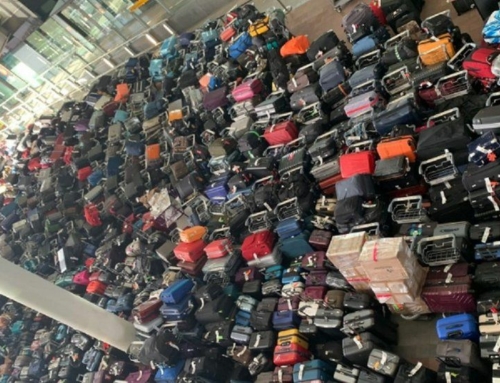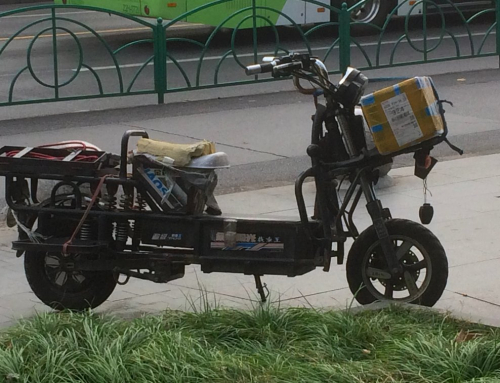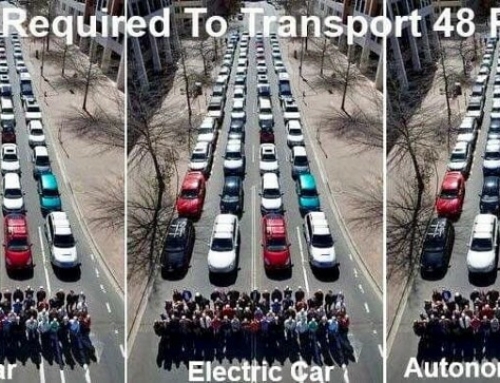Outside Baghdad, and almost everywhere one might travel in the world, the risk of being killed in a road accident greatly exceeds the risk of being killed by a terrorist.
John Adams – Britain’s leading academic expert on risk, and author of a seminal book by that title – wrote a paper on this issue last year. He has now updated it for the inestimable NewMobility website.
Adams points out that the death toll from the London bombings represents six days of death on Britain’s roads. The death toll from the Madrid bombings represented twelve or thirteen days of death on the Spanish roads. In the 25 busiest years of ‘the troubles’ in Northern Ireland, twice as many people died in road accidents as were killed by terrorists. Yet the public fear of terrorism – and reaction to it – is on a completely different scale to that of death on the road.
What Adams does not mention is that staying home is even more dangerous than going out.
Over 3,000 deaths a year in the UK are the result of home accidents – more than on the roads. Half of these in-the-home deaths (1,500) are people falling over – and, of these, between five and ten each year take place when people are trying to put on socks. (In 2003, 11,788 people were taken to hospital following accidents while putting on socks, tights or stockings).
It gets worse.67,000 people are injured each year in the UK trying to peel the cellophane off a packet of sandwiches or open a ring-pull can.
Research shows that around seventy per cent of British people are ‘concerned’ or ‘very concerned’ about national security. I would hazard that around zero percent worry about putting on their socks.
Or near to zero: Googling “design” and “homeland security” yields a score today of 3,220,000; Googling “design” + “putting on socks” + “safety” yields a score of 840.




